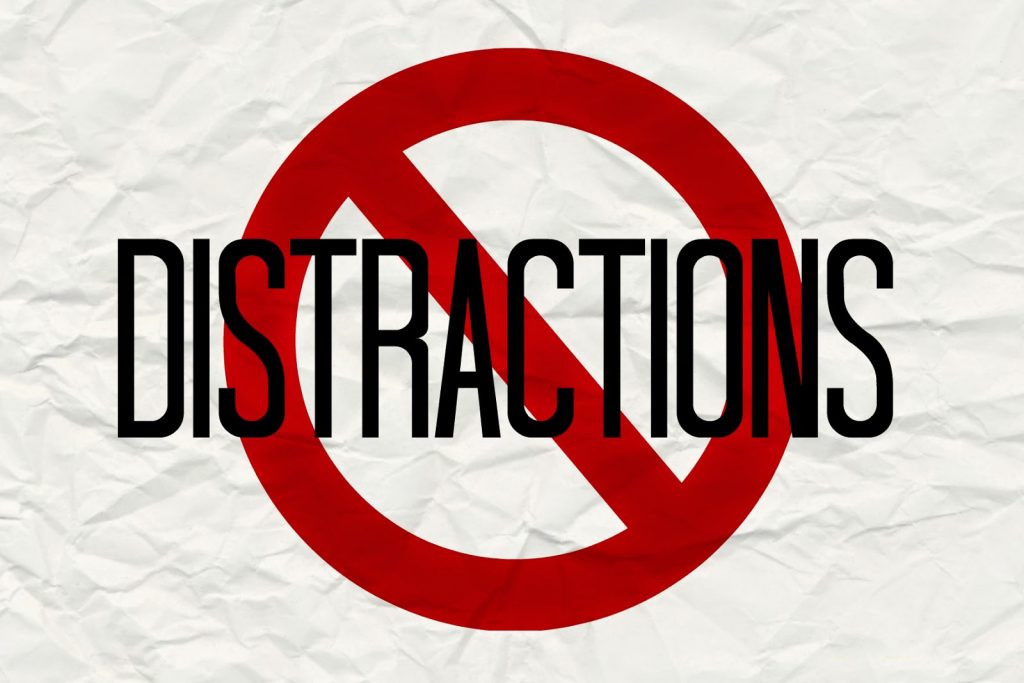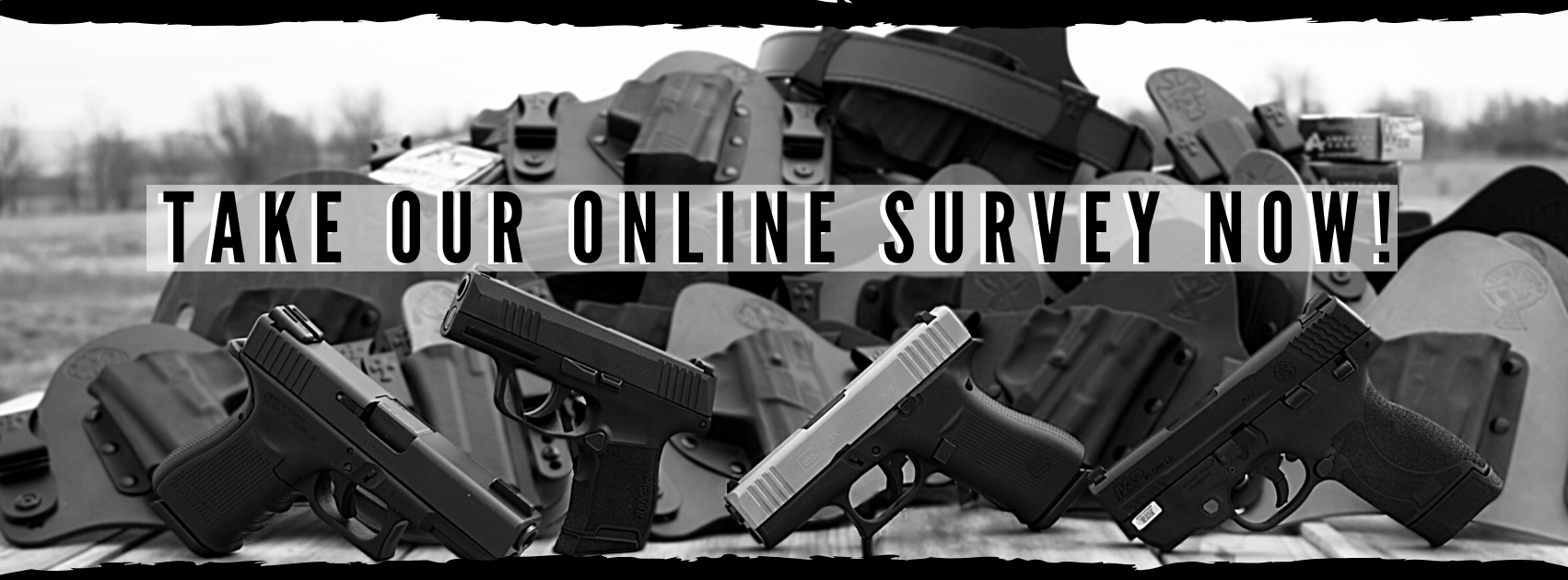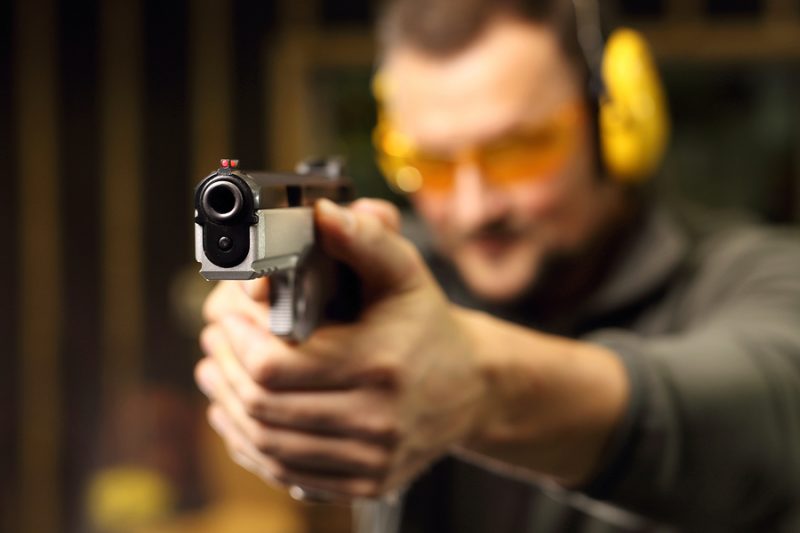
Maximize your range time through focused training.
![]()
![]()
A mega mag dump may be one of the greatest parts of gun ownership. It’s highly therapeutic and a great real stress reliever. The awesome sensation of letting loose on a paper target until the slide locks back may not be as satisfying as other forms of letting loose, but it certainly has its place on a few top ten lists. It’s also very expensive and a waste of time and good ammo. While it may be okay to do this occasionally, like everything else, it should be done in moderation.
Most of the time you spend on the range should be devoted to working on skills. I equate time shooting at the range like a golfer on the driving range. Hitting a bucket of balls is somewhat beneficial because it beats not getting out and hitting golf balls at all, but that time would be much better spent working on a particular part of the game, such as the driver, mid irons, or short irons. Shooting guns is the same way.
Loading up a bunch of magazines and randomly shooting at a target only goes so far. Shooting skills only improve through focused practice and repetition. Here are a few suggestions about how to maximize your range time.
Before You Get There
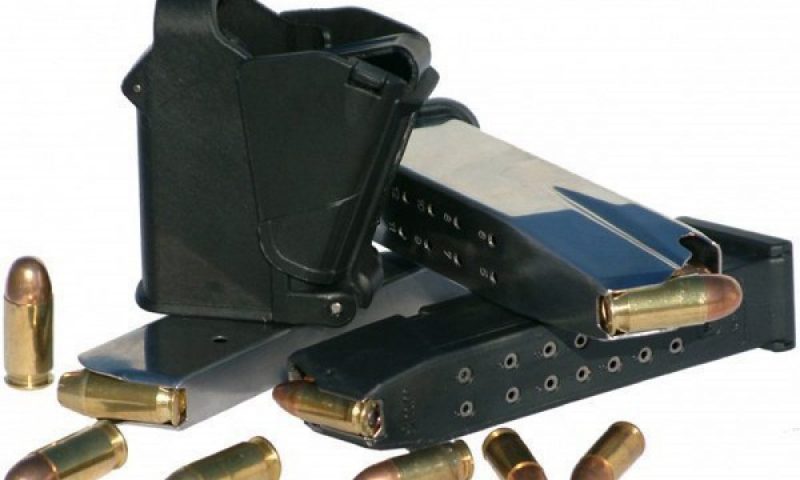
One of the greatest tips anyone ever gave me – and it sounded silly when I first heard it but made total sense after I followed it – was to stuff all my magazines before heading out of the house. Why? A lot of ranges charge by the hour, so you don’t want to waste valuable time stuffing magazines when you could be shooting. Even if the hourly charge isn’t a concern, wouldn’t you rather be shooting than stuffing? So stuff your mags before you leave and have more time to shoot.
Decide before you arrive what you’re going to work on so you can get right to it when you step into your lane. This way you will be mentally prepared to start your work from the first shot.
Block Out Distractions
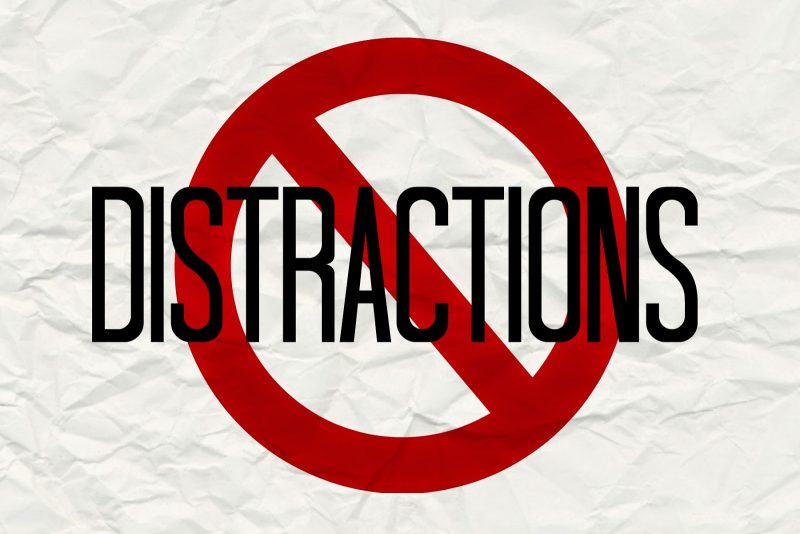
There are tons of distractions at a gun range, from the noise of others shooting around you to the natural curiosity to see what others are shooting. What was that unique rifle sound from the guy three lanes down? You can always find out later. For now, focus on why you are there and the skills you came to work on. Shooting is a discipline. Treat it as such.
Drills to Try
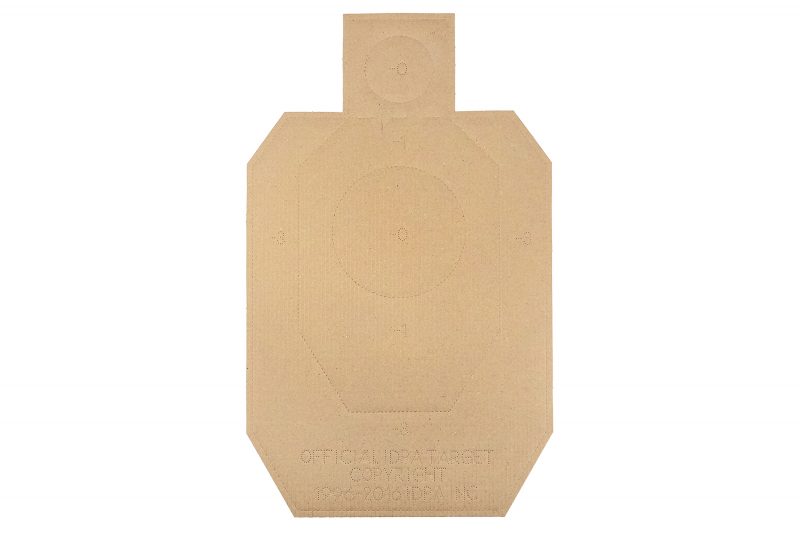
If you’re at a loss as to how to work on certain skills, here are a few suggestions:
- Dry Fire: This will help you work on trigger press and holding the gun steady while firing. Remove all ammunition from the gun and tuck it safely away. With an unloaded gun, grip the gun tightly, assume your shooting stance, aim at your target, and pull the trigger as if you are shooting live ammunition. It will go click instead of bang, but the motion of firing is the same. Since the gun won’t cycle on its own during this drill, you will have to rack the action between each trigger pull. Dryfire can expose a lot of shooting sins and help you refine your grip and trigger press.
- Sight Alignment: This may seem elementary, but as a firearms instructor I can tell you a lot of shooters do not fully understand sight alignment. It is a skill that for some requires quite a bit of practice. For some reason, the concept of aligning the front and rear sights seems to elude some shooters. Before you can shoot, you need to understand how to point the gun in the right direction. Work on seeing good sight alignment of all three dots. Without it, no other drills matter because you will always miss your target.
- The Bill Drill: Named after Bill Wilson, owner of Wilson Combat and founder of the International Defensive Pistol Association (IDPA), the Bill Drill calls for you to draw from a holster and fire 6 rounds into the target at various distances, starting at 3 yards and working back as far as you want, typically no more than 7-10 yards. This will help with both accuracy and getting used to shooting at different distances. Anyone can hit a target with decent accuracy from 3 yards, but how do you do from farther away? Ideally, this should be done at an outdoor range, but if you are at an indoor range where drawing from a holster is usually forbidden, simply rest the gun on the bench pointed downrange between phases.
- Reloads: Again, this one might be tough at an indoor range where you are behind a bench, but if you have the option to move around, this is a great way to practice reloading your gun. One great way to do this is to have two magazines with one round in each. Insert the first magazine, rack the round into the chamber, and fire at your target. When the slide locks back, drop the empty mag and see how fast (but safely) you can insert the fresh one, rack the action, and put a shot on target. Done right, this can be performed multiple times with very little ammunition because you’re only using two rounds per sequence.
- Malfunctions: Work on clearing malfunctions by inducing some of your own on purpose. This can be done by using spent casings stuck in the chamber or by inserting dummy rounds into the magazine full of ammo and then shooting at the target downrange, not knowing when the dummy rounds will cycle through. You must clear the malfunction before the gun will shoot again. Don’t worry about speed at first. Just work on clearing the malfunction the correct way. Once you get proficient with clearing, then introduce the speed element.
There are probably a hundred more drills that can help you with your shooting. These are just a few. The important thing is to spend your range time and your ammo wisely.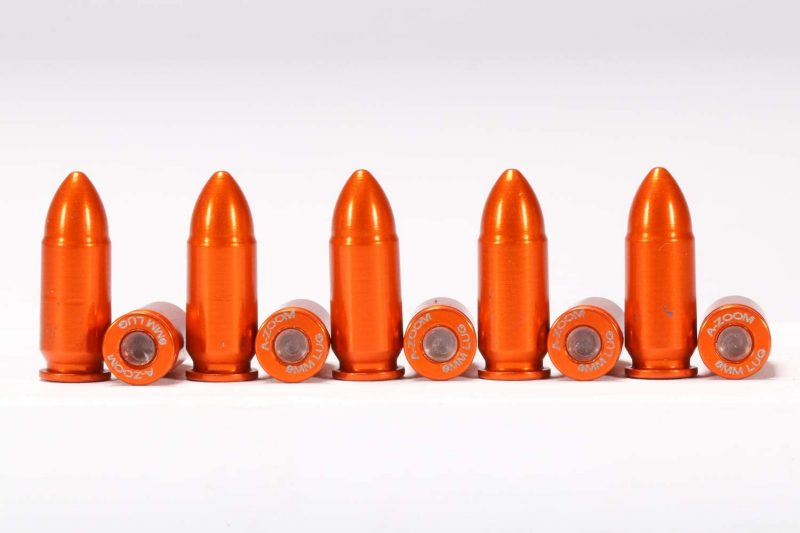
ABOUT THE AUTHOR:
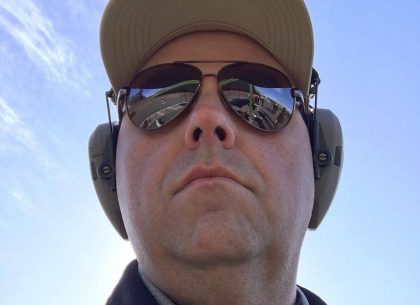
David Workman is an avid gun guy and a contributing writer to several major gun publications. In addition to being an NRA-certified RSO, David trains new shooters on basic handgun skills and CCW requirements and is a strong advocate for training as much as you possibly can. “Real life shootouts don’t happen at a box range.”
![]() You may also enjoy these popular articles:
You may also enjoy these popular articles:
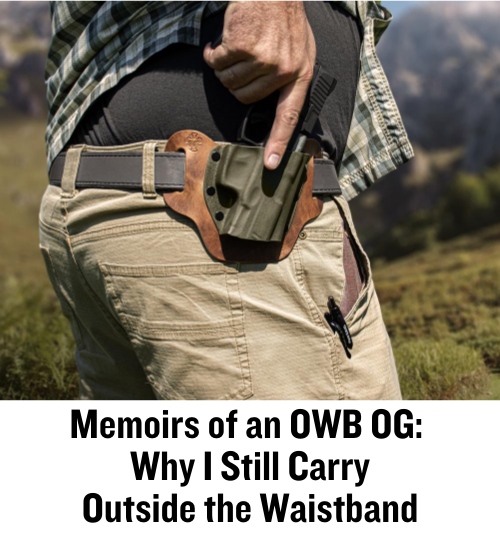
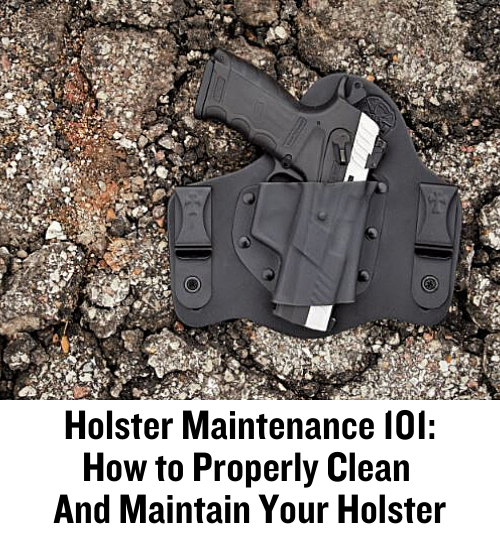
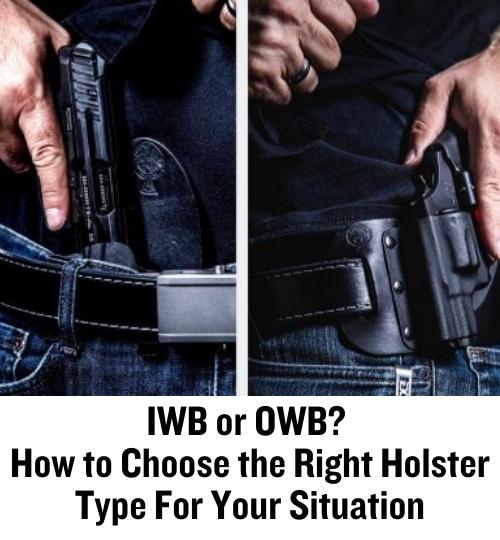
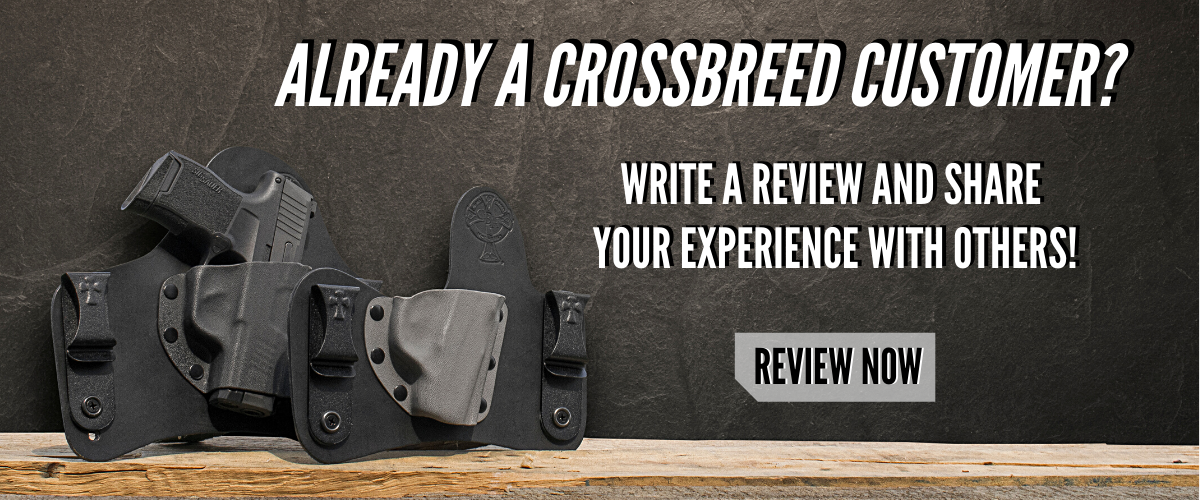
©MTC Holsters, LLC and CrossBreed Holsters Blog, 2021.
Unauthorized use and/or duplication of this material without express and written permission from this site’s author and/or owner is strictly prohibited. Excerpts and links may be used, provided that full and clear credit is given to David Workman and the CrossBreed Blog with appropriate and specific direction to the original content.

